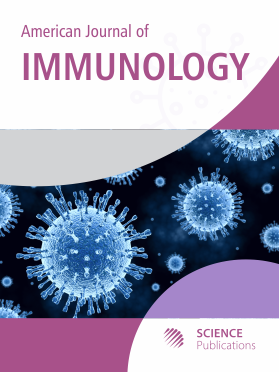Comparison of Probability Curves Obtained from 2 Quantitative Allergen-specific IgE Assays: FEIA and 3gAllergyTM
- 1 CA and Diagnostic Products Corporation, Canada
Abstract
The validity and benefit of probability curves in allergen-specific IgE (sIgE) testing and their applicability to more than a few allergens are still pending. One study[1] presented probability curves for 4 food allergens and proposed decision points to rule out the need for food challenges in his clinic. Since then, such cutoffs were reported by Boyano-Martinez[2] to be dependent on population, age, allergen and disease. A recent article by Söderström[3] extended the use of probability curves to 8 inhalant allergens. The results were allergen dependent and site specific. None of the studies, however, has addressed the potential impact of IgE specific for cross-reacting carbohydrate determinants (CCD) on these probability curves[4]. In this study, we use logistic regression model to compare the probability curves for food and inhalant allergens using two quantitative sIgE assays; an FEIA (Pharmacia CAP) and DPC’s automated chemiluminescent IMMULITE® 2000. The FEIA yields explicit results down to 0.35 kU L-1; the “third-generation” IMMULITE 2000 has an analytical sensitivity of 0.1 kU L-1 and provides precise quantification down to 0.2 kU L-1. In previous studies[6,7], patients with suspected IgE-mediated allergy were evaluated according to skin prick tests or food challenges positive or negative allergen-specific diagnosis. Logistic regression was performed using the online regression analysis facility at: http://members.aol.com/johnp71/logistic.html, which is part of the Interactive Statistical Calculations web site. For inhalant allergens, almost identical overall probability curves were obtained for the FEIA and IMMULITE 2000 methods. For food allergen, similar probability curves were obtained with the two methods. The probability curves were allergen dependent. The FEIA and IMMULITE 2000 methods gave similar allergen-dependent profiles, however and in one case (W6), both methods yielded identical probability curves. The present study demonstrates that the 2 sIgE assays yield comparable probability curves for the inhalant and food allergens tested. Because the FEIA method is unable to yield explicit results below 0.35 kU L-1, the probability curve generated is necessarily truncated at this level. Methods for sIgE measurement that allow for extending probability curves below 0.35 kU L-1 can also assess assay performance more definitively at the traditional 0.35 kU L-1 cutoff. Thus the third-generation IMMULITE 2000 is a better tool for defining probability curves, as the applicability of such curves in allergy testing and the potential impact of IgE to CCD become well understood.
DOI: https://doi.org/10.3844/ajisp.2005.84.86

- 5,249 Views
- 3,589 Downloads
- 0 Citations
Download
Keywords
- Fluorescent enzyme immunoassay
- IMMULITE® 2000 THIRD Generation Allergen-specific IgE
- logistic regression
- odds ratios
- probability curves
